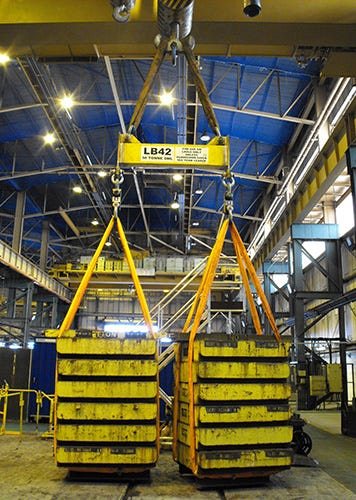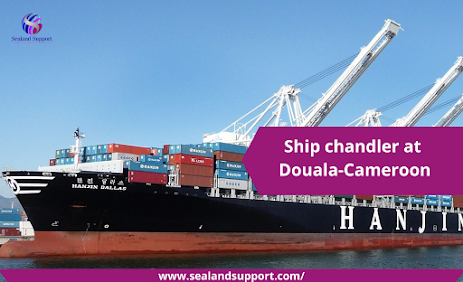A Modern Approach towards Crane Load Testing | Sealand Support

It is astonishing that a lot of work is required into lifting technologies of all types and capacities; it requires a lot of appropriate level of understanding about the crane and its condition. And that’s what this blog is focused on:-
Load testing isn’t just about checking if a crane can safely lift a certain capacity; it’s about collecting data and information that makes manufacturers, owners, operators, dealers better-informed, and anyone else who interacts with it.
These dealings are proof, knowledge isn’t only power — it’s life.
Until the late 1970s, it was a mainstream practice to use heavy and solid weights to test the safe working loads of cranes, principally on North Sea oil and gas installations. Water Weights were developed for testing offshore to limit the astronomical costs associated with such work.
The focal point is that it’s more efficient to transport empty water bags that can be filled onsite than ship solid weights. A pretty good job is made of marketing the concept, but one prospective customer did once express reservations about moving filled bags onto and through a facility to the crane’s location. They were relieved when the supplier explained that the team wouldn’t fill them up until they were safely rigged beneath the hook. For crane load test services in Cameroon visit https://www.sealandsupport.com It wasn’t the customer’s fault; this lack of education about load testing is prevalent.

Load norms and scenarios in other countries
People trust OSHA (Occupational Safety and Health Administration for guidance here in the States. OSHA says that you “shall” test after new installation or replacement of a load-bearing piece of equipment. Certain states, like California, have their own rules and regulations.
The standards should only be considered as a starting point or the minimum load-testing requirement. In isolation, without comprehensive knowledge-based facts, a load test only really verifies that a crane can safely lift a load at that point in time. It doesn’t factor in the abuse the lifting equipment might be subjected to the following day.
As an aside, in the UK, Lifting Operations and Lifting Equipment Regulations 1998 (LOLER) made a significant move away from periodic testing for that reason.
Military sites are mainly among those that have their own load testing processes, beyond what OSHA, LOLER, or anyone else dictates. They sometimes add further to their knowledge by conducting acoustic emission tests and regular wire rope or component examinations. Their intent isn’t to produce a piece of paper to satisfy the standards; they want to understand everything that they possibly can about the crane.
It’s some way off, but load testing might well attract towards a place where the majority of crane owners even understand the remaining useful life cycle of their cranes.
Source URL:- https://sealands-douala.medium.com/a-holistic-approach-to-crane-load-testing-sealand-support-2753fbd8003



Comments
Post a Comment